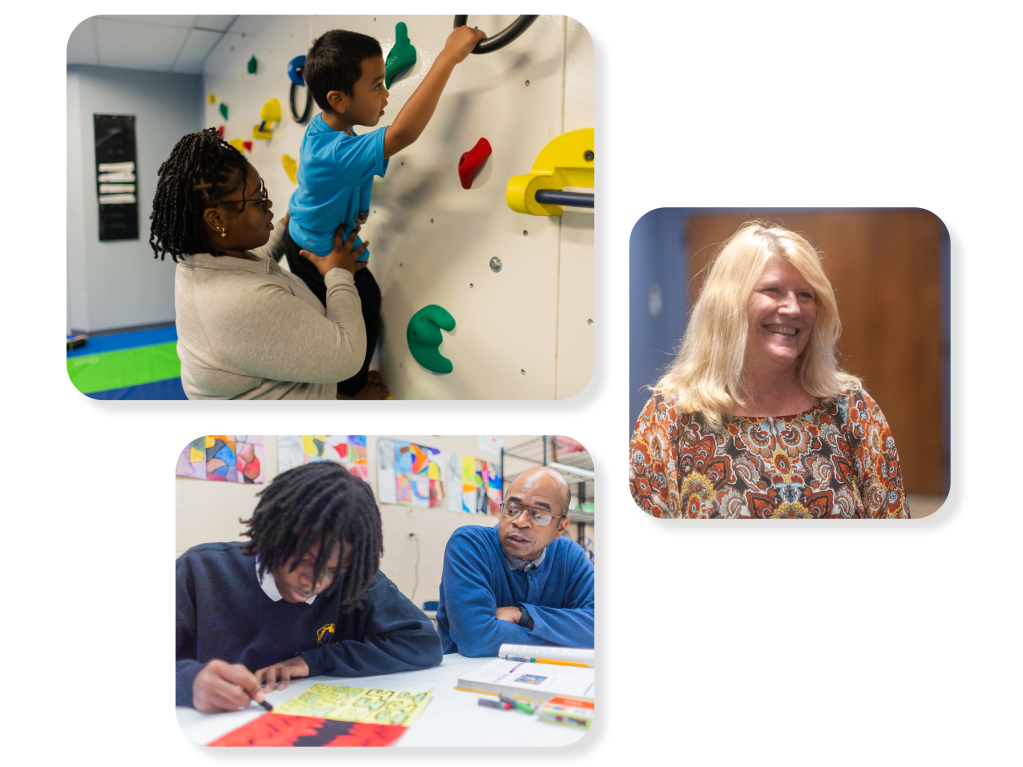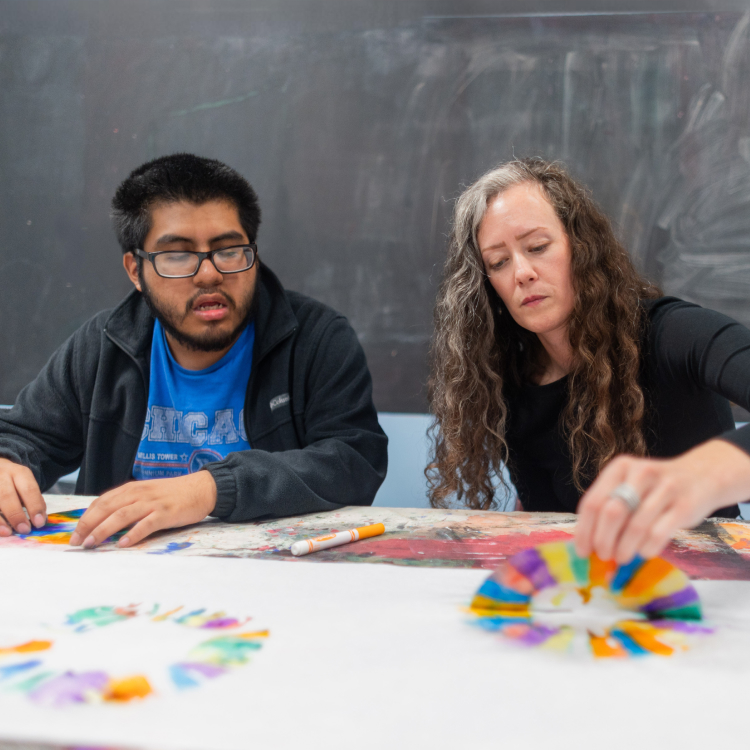Personalized, Evidence-Based Instruction

Who We Support
We serve students with a wide range of needs, including:
- Autism spectrum disorder (ASD)
- Emotional disabilities (ED)
- Specific learning disabilities (SLD)
- Intellectual disabilities (ID)
- Multiple or coexisting disabilities
- Other health impairments (OHI)
- Traumatic brain injury (TBI)
Each student receives individualized instruction, behavioral and emotional support, and a team that believes in their potential.
What Makes Our Programs Different
Low Staff-to-Student Ratios
Support Beyond Academics
Progress That Matters
Two Ways to Learn, One Student-Centered Focus
Private Day Schools
In-District Classrooms
Real Progress, Real Stories
We measure what matters. Every student receives the support they need to grow and succeed.
SESI 2024-2025 School Year Outcomes
Spark Learning Pathway
Academic and Behavior Support Results
69% of students made gains in reading; 73% in math
85% made progress toward their behavior IEP goals
Spring Learning Pathway
Instruction and Life Skills Results
68% of students made gains in reading; 64% in math
86% made progress toward their behavior IEP goals
Bloom Learning Pathway
Functional Communication and Daily Living Results
64% of students improved in academic and life skills
83% made progress toward their behavior IEP goals
Success You Can See
Strong Support. Real Results.
“High Roads School of Belvidere exemplifies strong leadership and a commitment to excellence in education. The administration fosters a supportive and dynamic environment, ensuring that students and staff are well-supported. Their communication with partner districts is excellent, promoting effective collaboration and ensuring that every student’s needs are met. The school’s IEP writing process is thorough, with clear and actionable feedback that directly contributes to student growth. High Roads consistently delivers strong results, with students achieving their academic and behavioral goals.”
Vice Principal
Above and Beyond
“This program has been amazing for my son. I have never met people who are so invested in the children. This includes everyone from the admin, office staff, and therapists. They know every single child by name. My greatest appreciation goes to the teachers and the paras, as they are the ones in the trenches every day. I have never met a more dedicated group of people who not just show up but go above and beyond for their students! My family and I cannot thank you enough for all you do and continue to do every day!”
Parent
Get Started

Families
You know your child best. SESI provides the personalized Special Education programs and support they need to succeed.

District Partners
From in-district classrooms to private day school placements, SESI partners with you to meet students’ unique needs.